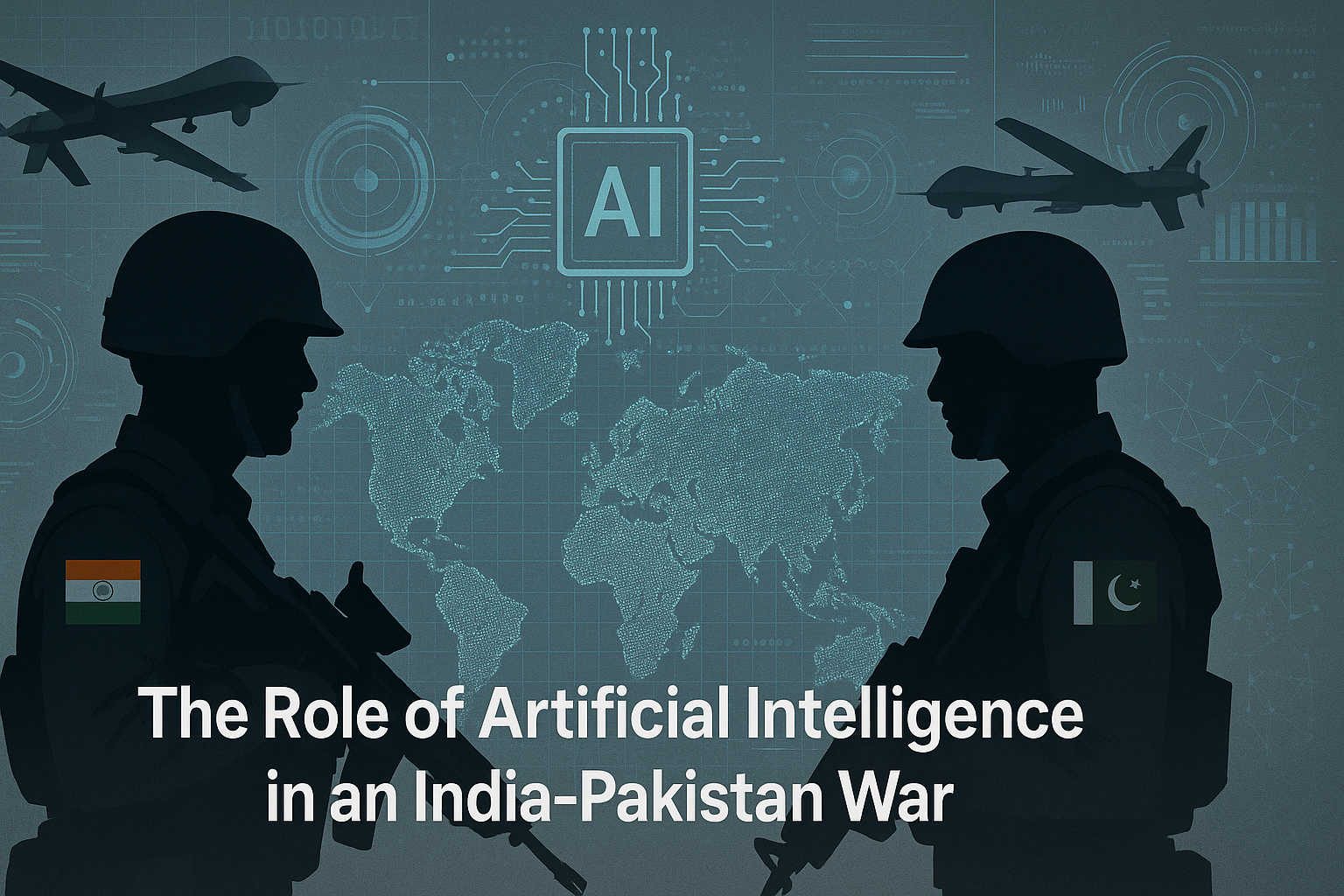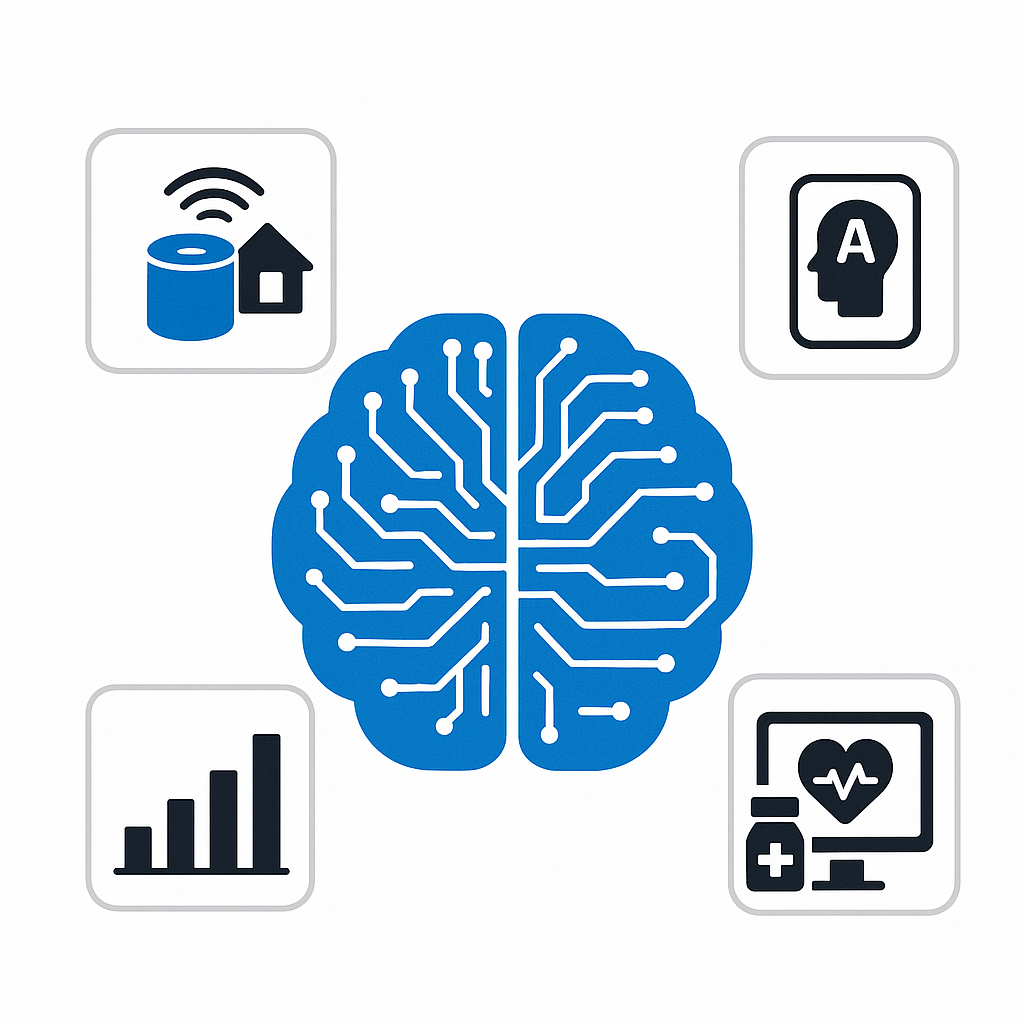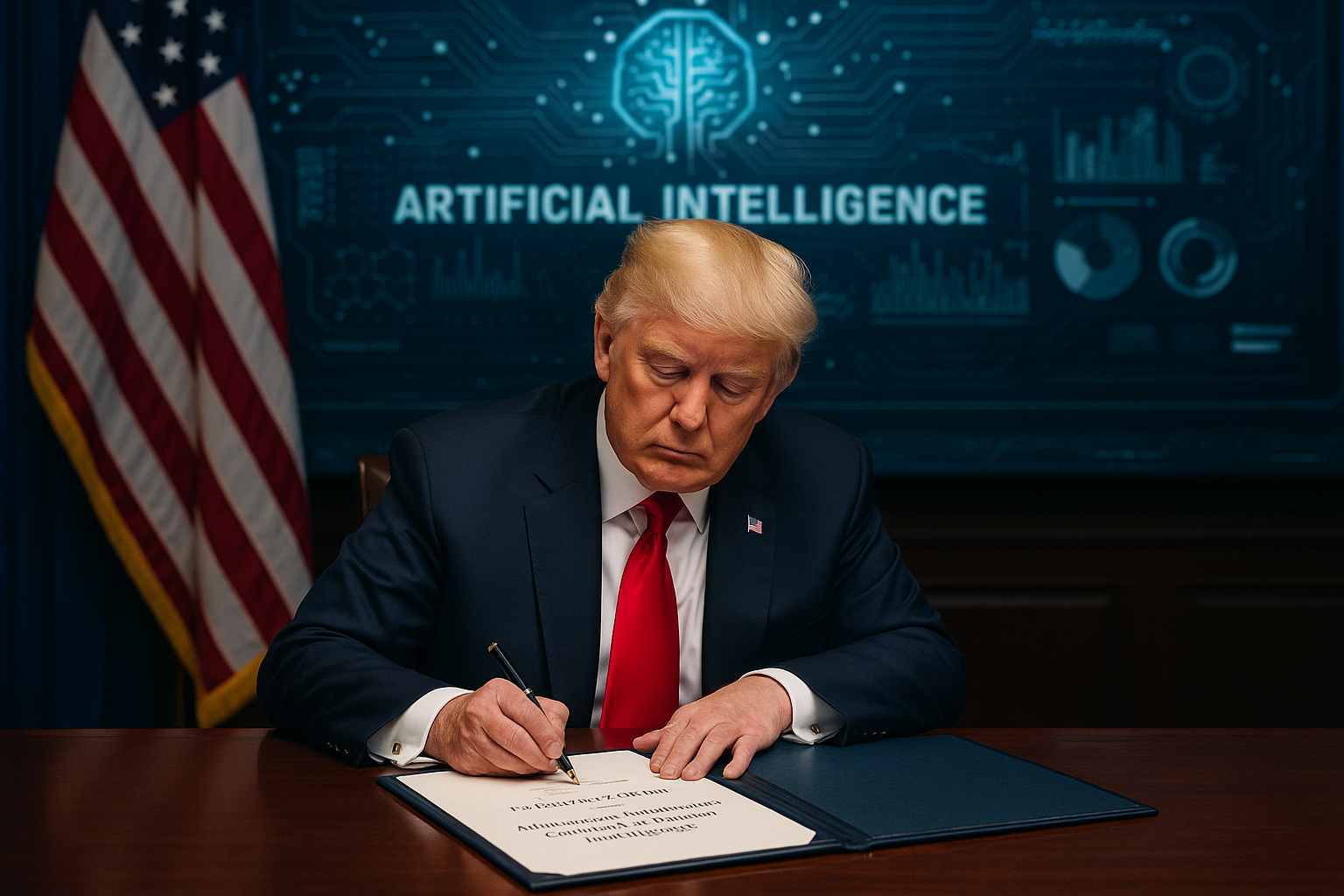Artificial Intelligence –Silent Shift Strategy
While traditional military operations still control headlines, both India and Pakistan are making a large investment in AI-driven defense technologies. AI is becoming the mysterious power along the Line of Control (LOC) to keep a close watch . By using smart surveillance it can predict what might happen next, which will ultimately help to take action before something happens .
AI has transformed from a tool to a core part of the defense plan. Regards to real-time data processing and machine learning because these AI systems transformed static defense lines into energetic and reactive zones. These transformations aren’t just about technology—they’re about strategy, giving countries a competitive advantage without the need for direct face-offs.
Artificial Intelligence-Powered Surveillance System
India’s shift toward AI-enabled surveillance isn’t just a step toward modernization—it’s a strategic move to reduce human error and boost response times. Real-time facial recognition systems are now identifying and flagging suspicious individuals at checkpoints. Thermal drones patrol rugged terrains at night, offering visibility where the human eye fails. Meanwhile, AI algorithms analyze satellite data to detect strange or suspicious activity, helping authorities stop threats before they happen.Smart fences embedded with advanced sensors detect even the slightest movement. Integrated with AI, these systems distinguish between wildlife and potential human threats, drastically reducing false alarms and conserving vital military resources.
Across the border, Pakistan is also embracing AI in its security infrastructure. Though on a smaller scale compared to India, Pakistan has computer-based spying, protecting borders, and keeping watch in danger zones. They’re working on AI systems to follow drones, spot heat patterns, and monitor large groups of people.
Artificial Intelligence Role In Digital Espionage and Cyber Warfare
Artificial Intelligence (AI) is now playing a big role in cyber warfare—not just at borders, but in the digital world. Governments are employing machine learning to identify, isolate, and neutralize cyber threats. What used to take a team of analysts days to detect, AI now flags within seconds.
India has launched multiple initiatives under its National Cyber Security Strategy, emphasizing the use of AI in monitoring defense networks. AI systems can spot unusual activities that might mean a cyberattack is coming.
Pakistan has also boosted its cyber infrastructure, using AI to guard against disinformation campaigns and hacking attempts. With support from Chinese tech firms, Pakistan is developing AI tools for digital propaganda tracking and cybersecurity enforcement.
The Role of AI in Modern Combat Drones
Drones are no longer just flying cameras. Today’s battle drones are loaded with AI modules that support autonomous navigation, target acquisition, and even attack without waiting for human commands. India’s DRDO (Defence Research and Development Organisation) special “swarm drones” that can talk to each other and work together using AI.
AI drones are becoming smart machines that can make decisions by themselves without any support. The integration of AI in drone technology plays an important role in military capability—turning unmanned aerial vehicles into independent decision-makers.
Pakistan is following suit, developing tactical drones with support from China and Turkey. AI-powered drones used for reconnaissance and border surveillance are becoming integral to their strategic planning.
Psychological Operations and AI Propaganda Tools
Artificial Intelligence is rapidly transforming psychological operations (PSYOPS) across the globe. By analyzing online behavior, AI empowers military intelligence helps to customize the message so it emotionally resonates with a certain group, making it more persuasive and harder to ignore.These systems track people’s behaviour observe and create focused virtual promotions.
India has begun using AI to counter fake news and monitor cross-border digital narratives that may trigger conflict and violence. Similarly, Pakistan is using AI to develop its own narratives, particularly on social media platforms, to shape public opinion both domestically and internationally.
This digital battleground goal is not just to controll information but also about damaging the enemy’s overall confidence .AI tools can flood platforms with fake news, deep emotionally charged content, smudging the line between truth and manipulation. The aim is to confuse people, break their trust, and weaken society—without traditional warfare.
Artificial Intelligence in India-Pakistan Conflict: Role of AI on the Border”
Ethical Dilemmas and Strategic Risks
The increasing use of AI in the India-Pakistan conflict is raising critical moral and tactical tensions. Autonomous systems, are able but can make life-or-death decisions without human oversight. That’s why there is a growing fear of accidental escalation—without human input machines could lead to mistakes or unintended attacks ,even small errors caused by AI could escalate into bigger conflicts.
Moreover, the secrecy related to AI military programs can make it difficult to develop international norms or transparency. The lack of clear protocols for AI warfare can lead to unintended face-offs, especially in high-tension zones like Kashmir or Siachen.
Both nations must grapple with questions of accountability, data privacy, and human rights. As AI takes on more responsibility in security and combat roles, the margin for mistakes are becoming less acceptable —but the consequences become far more significant.
Conclusion: A New Era of Strategic Deterrence
The India-Pakistan conflict is no longer just about territorial disputes; it has become a test case for the role of Artificial Intelligence in regional security. From border surveillance and cyber warfare to autonomous drones and psychological manipulation, AI is redeveloping how both nations plan, prepare, and project power.
While the promise of AI lies in smarter defense and deterrence .But without rules and oversight, it also brings the danger of sudden conflict and moral confusion As the region edges into this AI-driven era, a balance must be struck—between progress and control, power and responsibility.The silent decisions made by algorithm in this era of Artificial Intelligence could lead to the most influential force to decide peace—or terrific war.
In this new kind of warfare, it may be the silent decisions of algorithms that decide peace—or lead to more conflict.
AI is deployed in border surveillance through smart fences, autonomous sensors, and AI-powered drones to detect potential threats and minimize human error.
Yes, both India and Pakistan are actively developing AI-powered drones for reconnaissance, border surveillance, and even precision strikes.Meaning



rggspvwzppxztxfphxdtyhghekwjkv